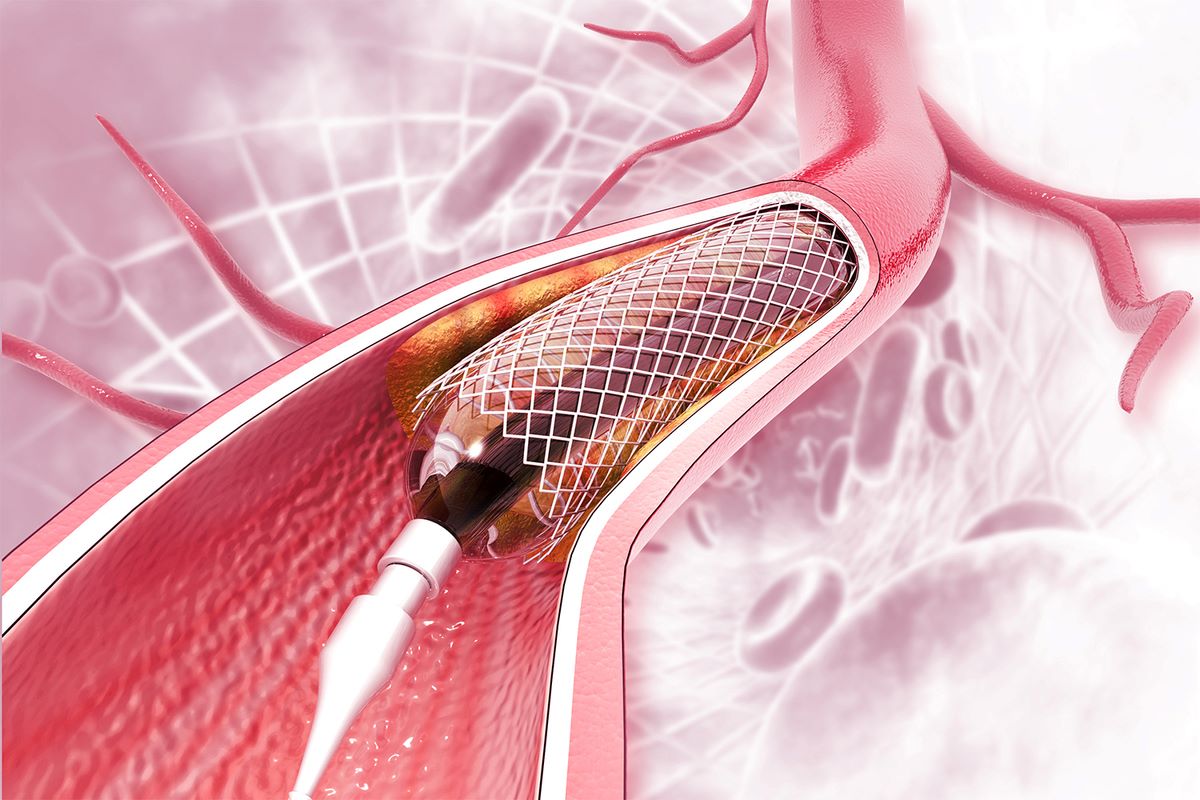
What is an aortic aneurysm? An aortic aneurysm is a bulge in the wall of the aorta, the largest artery in the body. This condition can be life-threatening if it bursts. The aorta carries blood from the heart to the rest of the body, so any issue here is serious. There are two main types: thoracic aortic aneurysms, which occur in the chest, and abdominal aortic aneurysms, found in the abdomen. Risk factors include high blood pressure, smoking, and a family history of aneurysms. Symptoms might be silent until it's too late, making regular check-ups crucial. Understanding this condition can save lives.
What is an Aortic Aneurysm?
An aortic aneurysm is a bulge in the wall of the aorta, the largest artery in the body. This condition can be life-threatening if it ruptures. Let's dive into some fascinating and crucial facts about aortic aneurysms.
- The aorta is the main artery that carries blood from the heart to the rest of the body.
- Aortic aneurysms can occur in the chest (thoracic aortic aneurysm) or abdomen (abdominal aortic aneurysm).
- Abdominal aortic aneurysms are more common than thoracic aortic aneurysms.
- Men over the age of 65 are at higher risk for developing an aortic aneurysm.
- Smoking significantly increases the risk of developing an aortic aneurysm.
- High blood pressure can weaken the walls of the aorta, leading to aneurysms.
- A family history of aortic aneurysms can increase your risk.
- Aortic aneurysms often grow slowly without symptoms, making them hard to detect.
- Large aneurysms can cause symptoms like back pain, a pulsating feeling in the abdomen, or shortness of breath.
- Aortic aneurysms are often discovered during routine medical exams or imaging tests for other conditions.
Causes and Risk Factors
Understanding the causes and risk factors can help in early detection and prevention. Here are some key points to consider.
- Genetic conditions like Marfan syndrome can increase the risk of aortic aneurysms.
- Atherosclerosis, or the buildup of plaque in the arteries, is a common cause.
- Trauma or injury to the chest or abdomen can lead to an aortic aneurysm.
- Infections like syphilis and salmonella can weaken the aortic wall.
- Chronic inflammation from diseases like vasculitis can also contribute to aneurysm formation.
- Obesity is another risk factor for developing an aortic aneurysm.
- Men are more likely to develop aortic aneurysms than women.
- However, women with aortic aneurysms have a higher risk of rupture.
- Certain medications, like fluoroquinolone antibiotics, have been linked to an increased risk.
- Regular exercise can help reduce the risk of developing an aortic aneurysm.
Symptoms and Diagnosis
Recognizing the symptoms and getting a proper diagnosis can be lifesaving. Here are some important facts about symptoms and diagnosis.
- Many people with aortic aneurysms have no symptoms until the aneurysm ruptures.
- A sudden, severe pain in the chest or abdomen can indicate a rupture.
- A ruptured aneurysm can cause internal bleeding, which is a medical emergency.
- Ultrasound is a common diagnostic tool for detecting abdominal aortic aneurysms.
- CT scans and MRIs are often used to diagnose thoracic aortic aneurysms.
- Regular screening is recommended for men over 65 who have smoked.
- Women with a family history of aortic aneurysms should also consider screening.
- Blood tests can help identify underlying conditions that may contribute to aneurysm formation.
- A physical exam may reveal a pulsating mass in the abdomen, indicating an aneurysm.
- Early detection through screening can significantly improve treatment outcomes.
Treatment Options
Treatment varies depending on the size and location of the aneurysm. Here are some treatment options to consider.
- Small aneurysms may only require regular monitoring and lifestyle changes.
- Medications to lower blood pressure and cholesterol can help manage small aneurysms.
- Large or rapidly growing aneurysms often require surgical intervention.
- Open surgery involves replacing the damaged section of the aorta with a synthetic graft.
- Endovascular aneurysm repair (EVAR) is a less invasive option using a stent graft.
- EVAR has a shorter recovery time compared to open surgery.
- Not all patients are candidates for EVAR; the decision depends on the aneurysm's location and shape.
- Lifestyle changes like quitting smoking and maintaining a healthy weight are crucial for managing aneurysms.
- Regular follow-up appointments are essential to monitor the aneurysm's size and growth.
- Emergency surgery is required if an aneurysm ruptures, but the survival rate is low.
Prevention and Lifestyle Changes
Prevention is always better than cure. Here are some ways to reduce the risk of developing an aortic aneurysm.
- Quitting smoking is the most effective way to reduce the risk.
- Maintaining a healthy blood pressure through diet and exercise is crucial.
- Eating a balanced diet rich in fruits, vegetables, and whole grains can help.
- Regular physical activity can strengthen the cardiovascular system.
- Limiting alcohol intake can also reduce the risk.
- Managing stress through relaxation techniques can help maintain healthy blood pressure.
- Regular medical check-ups can help detect any early signs of an aneurysm.
- Genetic counseling may be beneficial for those with a family history of aortic aneurysms.
- Taking prescribed medications as directed can help manage risk factors.
- Educating yourself and your family about the risks and symptoms can lead to early detection and treatment.
Final Thoughts on Aortic Aneurysms
Aortic aneurysms are serious medical conditions that require attention. Knowing the symptoms, risk factors, and treatment options can save lives. Regular check-ups and a healthy lifestyle play a big role in prevention. If you or a loved one experiences symptoms like severe chest pain or shortness of breath, seek medical help immediately. Early detection through screening can make a significant difference.
Understanding the types of aortic aneurysms, such as abdominal and thoracic, helps in recognizing the specific risks and treatments associated with each. Advances in medical technology have improved surgical options and outcomes. Stay informed, stay healthy, and don't ignore the warning signs. Your health is your most valuable asset.
Was this page helpful?
Our commitment to delivering trustworthy and engaging content is at the heart of what we do. Each fact on our site is contributed by real users like you, bringing a wealth of diverse insights and information. To ensure the highest standards of accuracy and reliability, our dedicated editors meticulously review each submission. This process guarantees that the facts we share are not only fascinating but also credible. Trust in our commitment to quality and authenticity as you explore and learn with us.


